Pet-Proofing Your Home: A Room-by-Room Guide
http://decor-ideas.org 03/03/2014 23:22 Decor Ideas
Everyone who gets a dog or cat soon learns that a certain amount of vigilance goes with pet ownership. Puppies and kittens especially can get into everything and escape through the tiniest opening. Some of the better-known dangers are toxic plants and food. But do you know about the other dangers that might lurk in your home and garden? From the bathroom and laundry room to the office, kitchen, garage and even the great outdoors, there are some expected and unexpected hazards your pet might face.
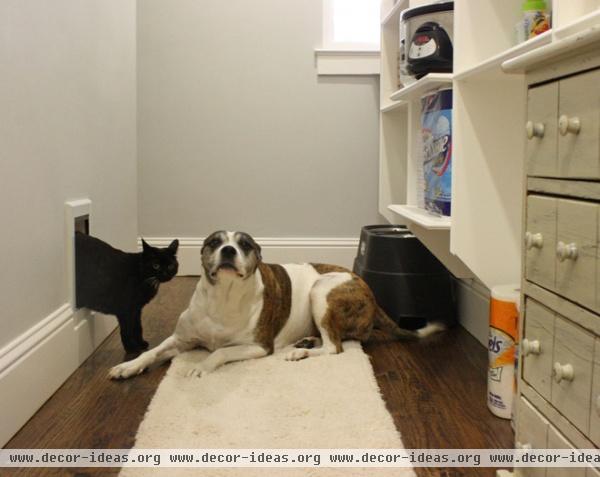
There is good news. First, a lot of these potential dangers are things your pet will probably ignore. More good news: You can easily take care of most of these potential problems. Some of the rules are simply common sense: Keep small objects and items that can be easily eaten or swallowed out of their way. As for other dangers, just look around from your pet’s point of view and see what might be tempting and troublesome. Consider pet-proofing your home to be much like baby-proofing; you’re simply making sure that pets and possible problems don’t mix.
Also remember, while dogs may seem to be more trouble-prone than cats, cats can get into far more — and higher — spaces in your home.
There’s even a bonus to these precautions: a tidier house. Storing things safely away after using them also turns out to be much easier than coaxing them away from a pet determined to destroy them, or even worse, making an emergency trip to the vet. And it will leave you with much more room for you and your pet to play with the things that are safe.
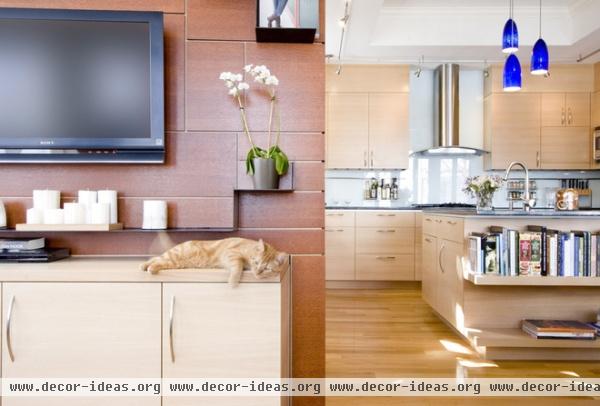
Kitchens. Food is, of course, the most common kitchen-related problem. The best-known problem food is probably chocolate, but other possibly toxic foods include avocados, grapes and raisins, macadamia nuts, onions, garlic and coffee. Other things to watch out for are sharp knives and little things like twist ties that can easily be swallowed.
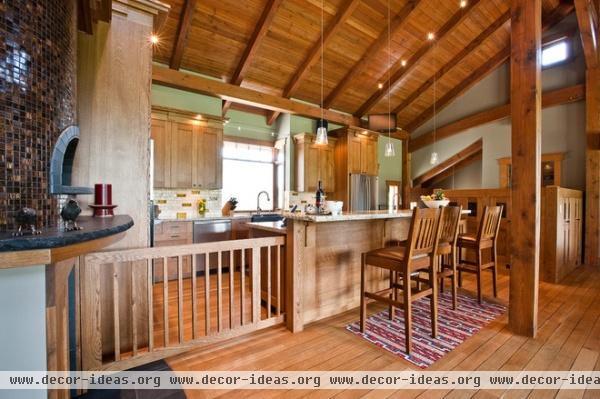
You may want to install a door or gate to keep animals out of the kitchen while you’re cooking. If it looks as nice as this, it’s a bonus.
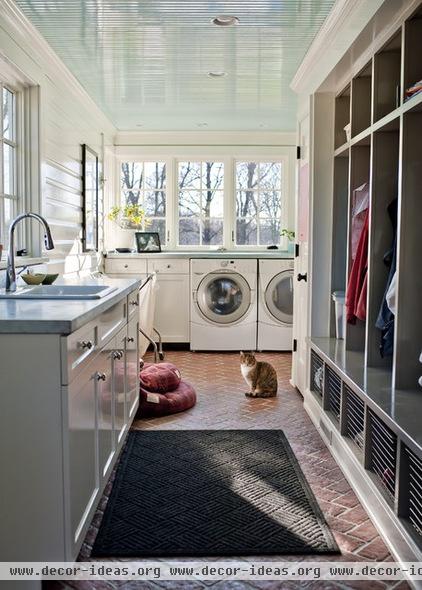
Bathrooms and laundry rooms. Some hazards are obvious: cleansers, detergents, fabric softeners, bleach, medications, vitamins and even dental floss can all be dangerous if eaten or swallowed.
Dogs in particular may be tempted to chew on, and potentially swallow, towels and stray socks (and you were blaming the dryer for eating them), which can lead to severe gastrointestinal problems.
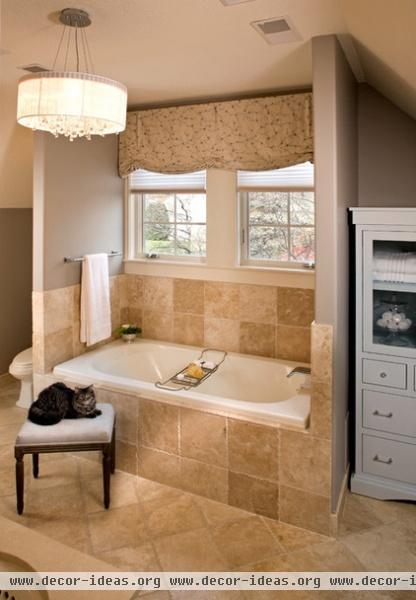
There are some other dangers in the bathroom and laundry area that you might overlook. In addition to the “yuck” factor, drinking out of the toilet isn’t good for pets, especially if you use chemical cleansers. Sinks and tubs filled with water and left unattended can pose a drowning hazard for small pets.
Washers and dryers can be a tempting spot for a nap, especially for cats, and you may not notice them if you put in a load of clothes. Keep the doors on appliances closed.
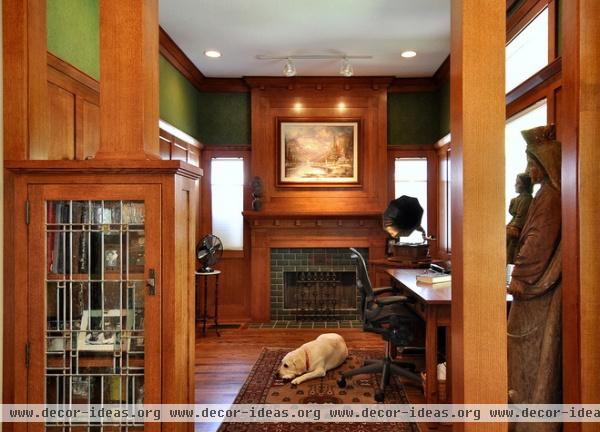
Gathering areas. There generally aren’t too many dangers lurking in these rooms, but there are a few possible trouble spots. The fireplace is a big one; pets can be harmed by flames and flying ashes. A simple screen is probably all you need.
Another overlooked danger is fire-starter sticks. They’re somewhat sweet, and some dogs can’t resist eating them.
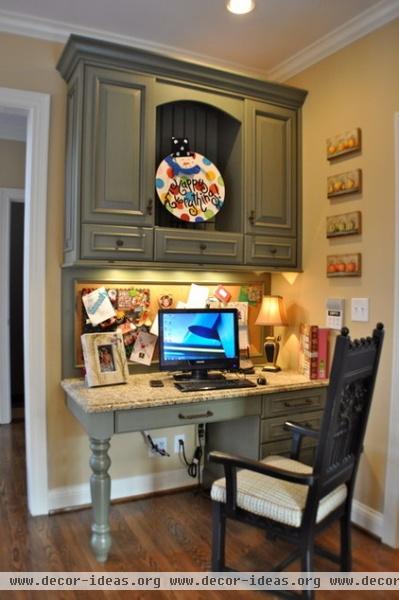
Wires and cords can also be a problem; chewing on a plugged-in cord can electrocute a pet. Tucking cords away or covering them will keep them out of your pet’s way and also will leave your room looking neater.
As a general precaution, put anything you value or anything that’s a chewing or choking hazard (puzzle pieces, small toys and so on) out of reach when you’re not around.
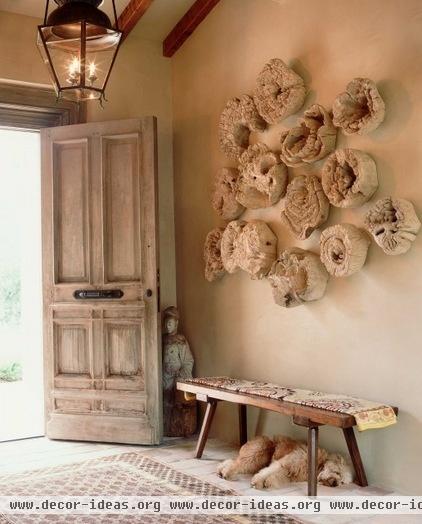
Open doors and windows are great for letting in fresh air, but not great if they tempt your animal out into a world of cars and other dangers.
Be sure that if pets can get out, they’ll be heading into a safe place, such as a fenced yard. Otherwise, screens are a great compromise. You can even find ones that are almost invisible.
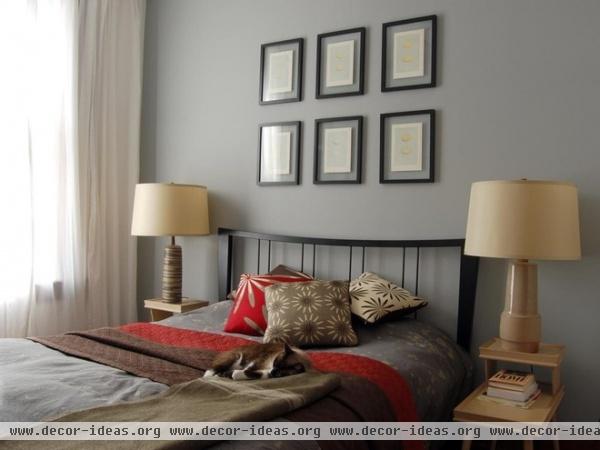
Bedrooms. Aside from the danger of a puppy’s chewing on your good shoes, bedrooms are generally fairly benign when it comes to pet danger. But to be on the safe side, keep jewelry, hair clips, pins and bands away from exploring pets.
One potential serious hazard, though, is mothballs. They’re toxic, so if you use them, be sure they’re in a place your pet absolutely can’t reach.
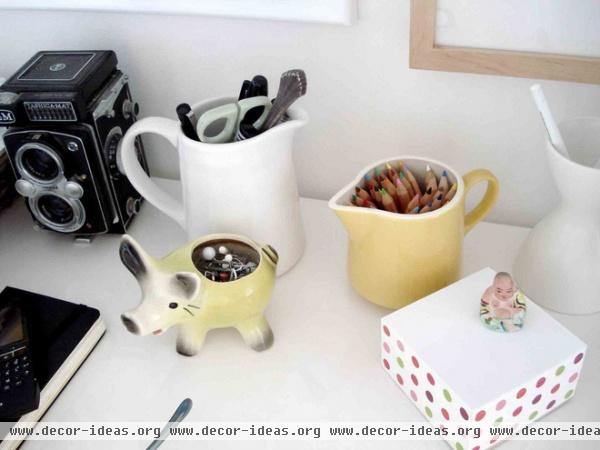
Areas with odds and ends. Everyday objects such as batteries, buttons, coins, paper clips and rubber bands can all cause problems if chewed or swallowed. If you’re into crafts, be sure sharp objects, including needles, are out of reach. Plastic bags and plastic wrap can cause suffocation.
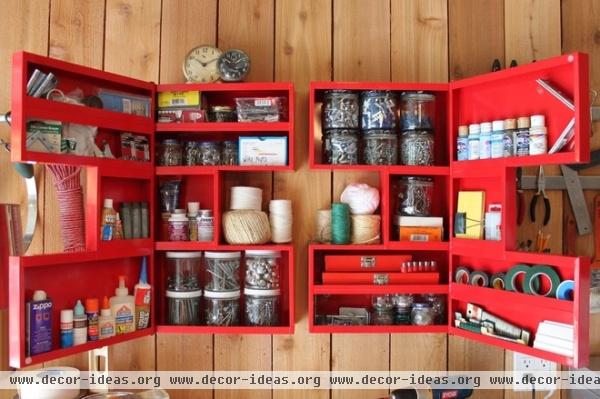
Garages and basements. These are storage areas for lots of things, including things that can be a problem if your pets get into them. The simple solution is to keep things like pesticides, gasoline, solvents, antifreeze, coolants and oils either high up or in a closed cabinet. The same is true for small things, like screws, nuts, bolts and nails.
If you live in a snowy climate, be aware that de-icing compounds may also contain dangerous chemicals, so look for ones that are safe for pets.
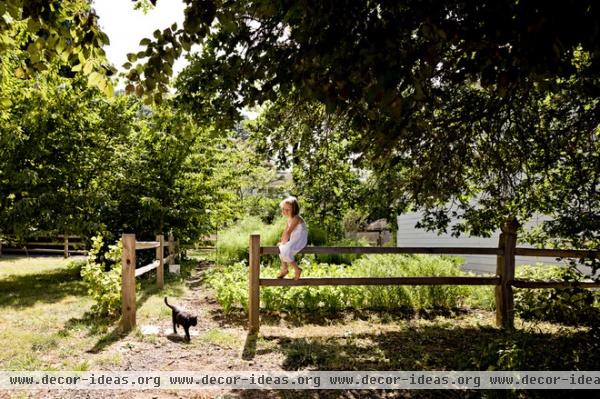
The great outdoors. Just as food in the kitchen can be a problem for pets, so can plants in the garden. There are any number of plants that can cause problems; for some of the most common ones, see 22 Plants to Keep Away From Pets.
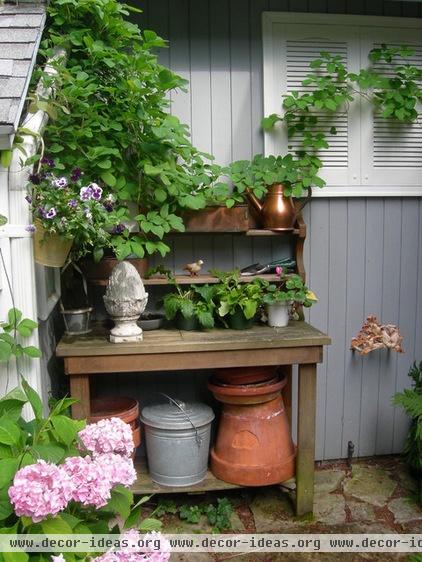
Compost, cocoa-based mulches, pesticides, insecticides, fertilizers and other garden chemicals can all cause problems for pets. Your first line of defense is keeping things stored away safely and out of reach.
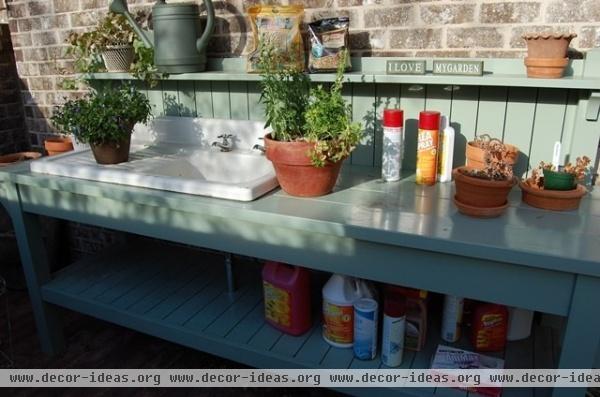
Traditional snail and slug bait is also toxic. If you need to keep your vegetables and other plants safe from these mauraders, look for barrier methods or pet-friendly bait formulations.
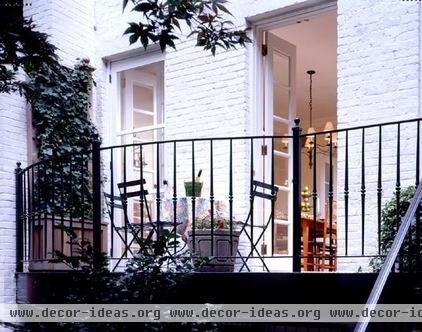
Balconies may seem safe, but it’s easy for small pets to slip through the railings or get stuck halfway.
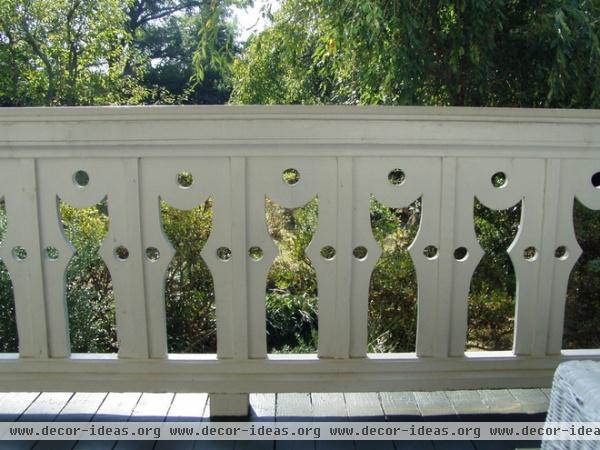
Of course, it also would be hard to resist this railing, even if your cat could get over or around it.
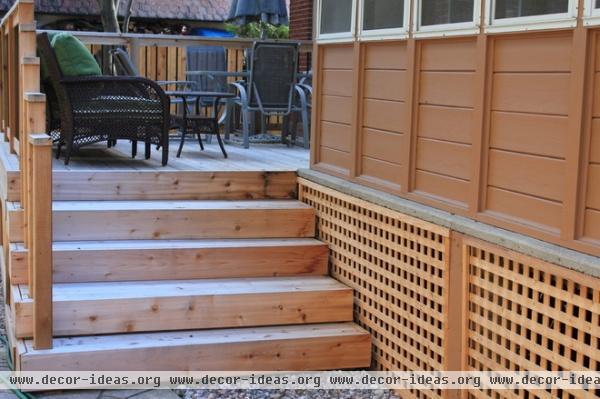
Be sure latticework is in good repair as well, so pets won’t get stuck or crawl into spaces where they shouldn’t go.
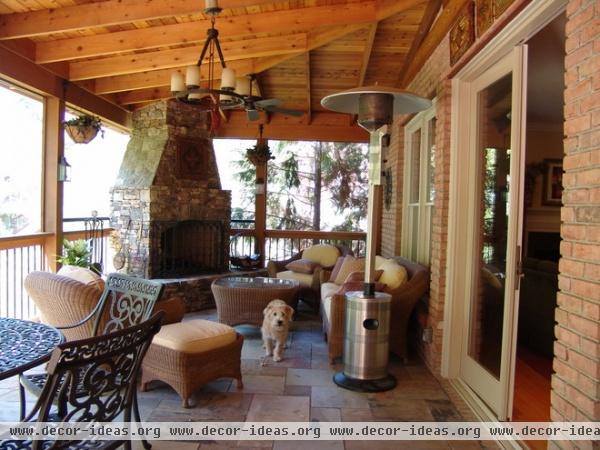
Just as fireplaces can be a danger indoors, ashes and flames from fire pits and barbecues can be hazardous. Keep an eye on both the fire and your pets, and if you’re barbecuing, keep the lighter fluid out of reach.
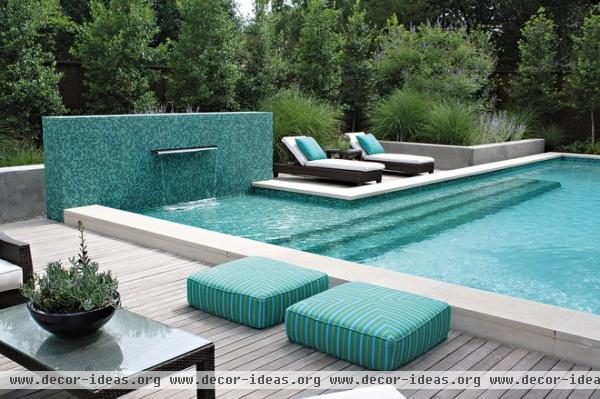
Chemicals are an obvious source of trouble if pets drink from pools and spas, but there are other dangers as well. Even if pets can swim, they can still drown in pools and spas if they can’t get out. Long, low steps may help, but your best approach is to keep pets away from the water, either with covers or fencing or by keeping them inside unless accompanied.

As with pools and spas, ponds might pose a problem if a pet falls in and can’t get out. A sloping side to a pond will provide better footing and give your pond a more natural look.
Ponds are also prone to forming algae, which may be toxic by itself or because of the chemicals added to destroy it.
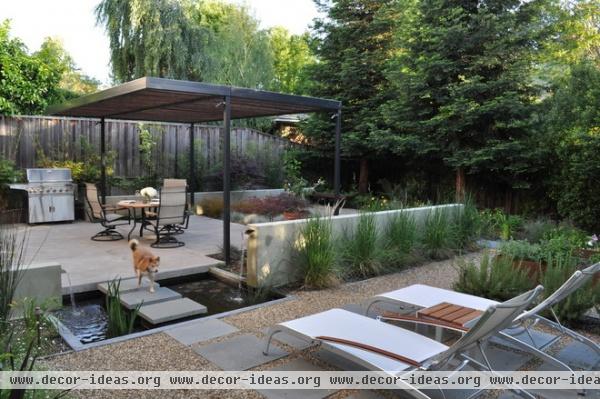
More:
8 Backyard Ideas to Delight Your Dog
6 Ways to Help Your Dog and Landscape Play Nicely Together
Related Articles Recommended












